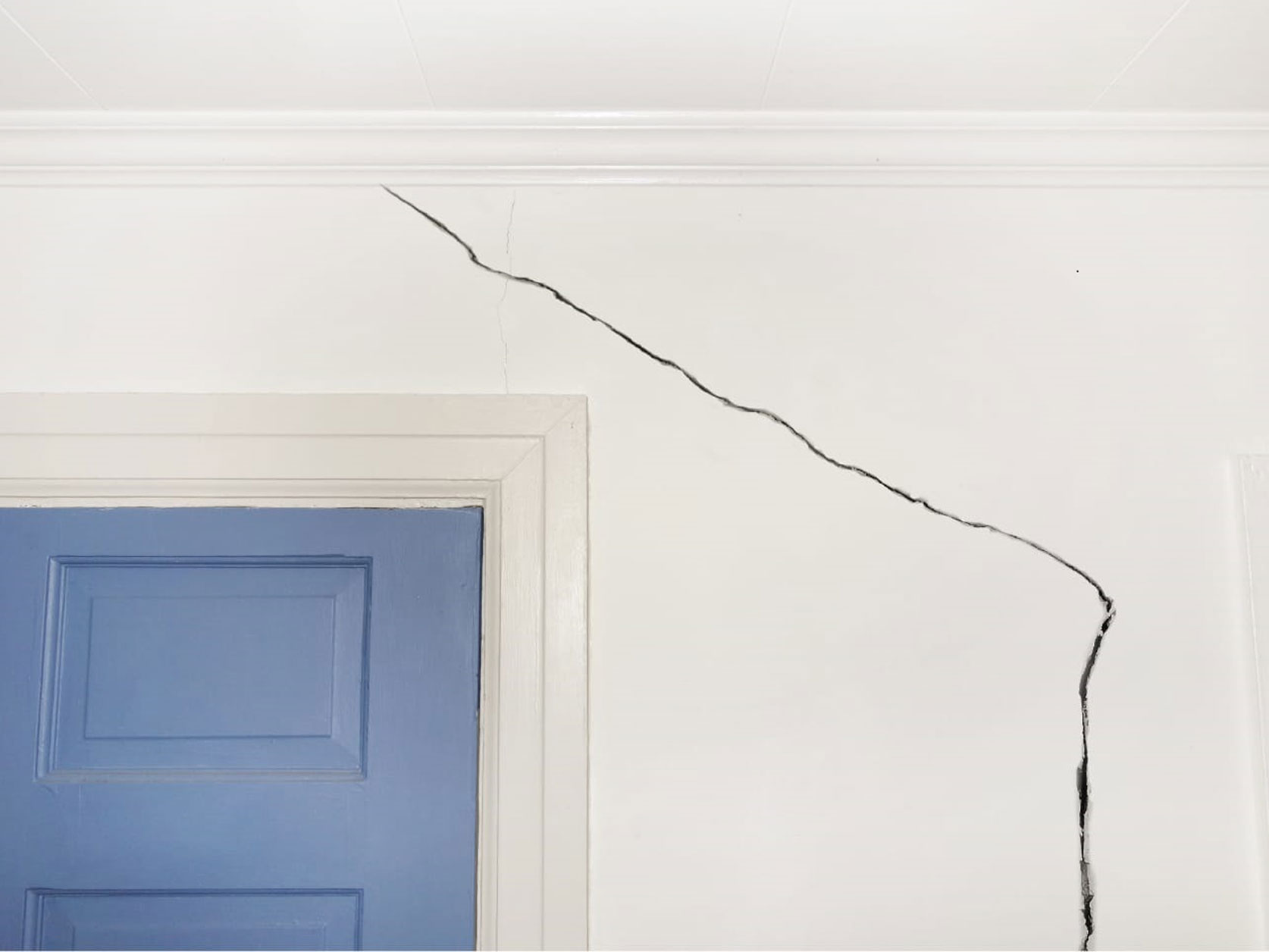WHY CONCRETE CRACKS? Reasons and Solutions Explained!
Joseph-Louis Lambot (1814- 1887), was the man behind the invention of ferro-cement, which made way for the development of what is now known as reinforced concrete. It was a game-changer and it is one of the most used building materials in the world today. Over the years its qualities have improved significantly, such as its properties and applications. But the larger question to answer would be, “is concrete the perfect building solution?
Looking carefully at the concrete structures built around us, we see that these structures aren’t 100% perfect and might crack overtime. So, let’s go directly into the reasons for such cracks. The main differences are explained below:
The Unavoidable Initial Shrinkage: Shrinking in the beginning is rather unavoidable while using building materials like brickwork, concrete, etc. This partially irretrievable shrinkage can be due to greater use of water quantity. More water means more shrinkage and thus a wet mix has more shrinkage than a dry mix which is otherwise similar.
Design: Poor or bad structural design and specifications are another striking cause of the cracks in concrete works. The design has to be in tune with all the environmental aspects which include soil investigations. Good designs will enable the designer to come up with a proper robust foundation and building.
Chemical disturbances: Chemical reactions in building materials can directly increase internal stress, resulting in cracks. The chemical reactions would weaken the material over the course of time. Sulphate attack on cement products, alkali-aggregate reaction, carbonation in cement-based materials, and corrosion of reinforcement in concrete are few of the most common types of chemical actions that could happen on building materials.
Thermal Movement: The general tendency of all building materials is to expand on heat and contract on cooling. The scale of movement depends on their molecular structure and other properties of the materials. That said, these movements could be one of the strongest causes of big cracks in buildings, and it demands attention.
Uneven Load Distribution: Construction materials, say masonry, concrete, steel, etc have different elastic properties under the effect of load which they are built together. Totally different shear stresses in these materials result in cracks. Using certified, quality steel bars can solve cracking issues, and also increase the longevity of buildings.
Creep Movement: Creep can be defined as deformation of structure under sustained load, leading to stress and cracking. In most occasions it does not necessarily cause concrete to fail or break apart. Creep increases with increase in cement and water content, water-cement ratio, temperature and age of building material.
Soil Settlement: Soil with peat or expansive clays is the worst kind to build on. Soil compaction and cracks due to foundation movement of the corner and end of the building structure is a definite result. Special measures are needed to prevent such cracks.
Poor Workmanship: Lack of proper supervision, ignorance, negligence, carelessness, and inferior ratio/mixing of construction materials, like sand, cement, and aggregate can lead to cracks on the walls, slabs, beams, etc.
Lack of Maintenance: Unattended/overlooked buildings would be first to spot such cracks and fissures. It can even affect buildings’ lifespan.
Vegetation: The existence of any form of vegetation can be a reason for cracks in the walls of a building. The tree root stretches to the point where the pressure they exert on a wall causes foundation walls to bulge and crack. They grow into or through concrete walls ometimes, cracking them and causing further structural damage. Earthquakes, tremors, flooding and other natural phenomena could also cause cracks in the buildings.
HOW TO REPAIR CRACKS?
1. Epoxy Injections: In the Epoxy Injection method, the cracks on exposed concrete surfaces are sealed by injecting epoxy (a viscous liquid, known for its adhesive properties, created by polymerizing a mixture of two starting compounds, the resin and the hardener) under the concrete crack. It can be used to bond cracks having greater than or equal to 0.05 mm opening.
2. Routing and sealing: A much simpler and a popular method, Routing and Sealing can be only used in cases where only remedial crack repairing is required and structural repairs are not needed. In this process, the crack is widened along its exposed face and the V-shaped groove is filled and sealed with suitable material.
3. Stitching the cracks: It is the easiest and best method of repairing concrete cracks. Depending upon the size of the crack, a required number of holes are drilled along the crack surface and stitched with metallic wire.
4. Drilling and plugging: It is especially done to repair a vertical crack in the concrete that runs in straight lines. In this cost–effectiveness and less time–consuming method, holes are drilled vertically in the cracks and a key is formed by passing down a grout. The grout key drilled in concrete will prevent leakages.
5. Flexible Sealing: Another method for healing active cracks is the use of the flexible sealing method. This method makes use of a bond breaker, a substance applied to concrete surfaces to guarantee that there is permanent bonding between the surfaces.
6. External Pre-stressing: Employed to seal flexural cracks (vertical cracks in reinforced concrete beams), external pre-stressing is a method by which a concrete element is compressed, generally with high-strength steel strands or bars, typically referred to as tendons. This either arrests the cracks from further widening or corrects it completely.
7. Polymer Impregnation: A monomer system is a liquid consisting of monomers, which will polymerize into a solid. It penetrates deep into the casting, without any pressure or vacuum, and hardens there. The high-performance polymer anchors itself in the cast part and reliably seals it, fixing the leaks efficiently.
A word of advice: Over the years buildings can have hairline cracks, but if it concerns you, then you should definitely contact your builder or contractor.



